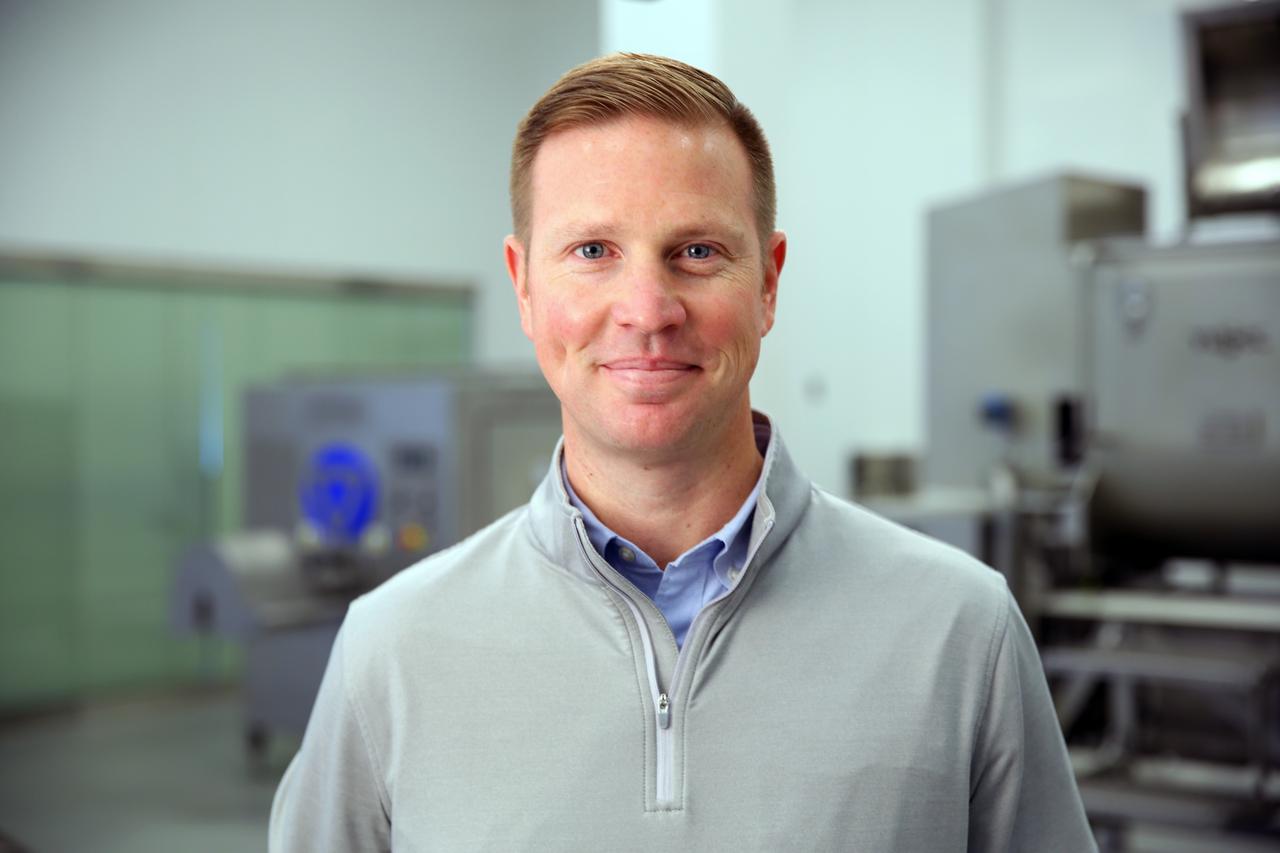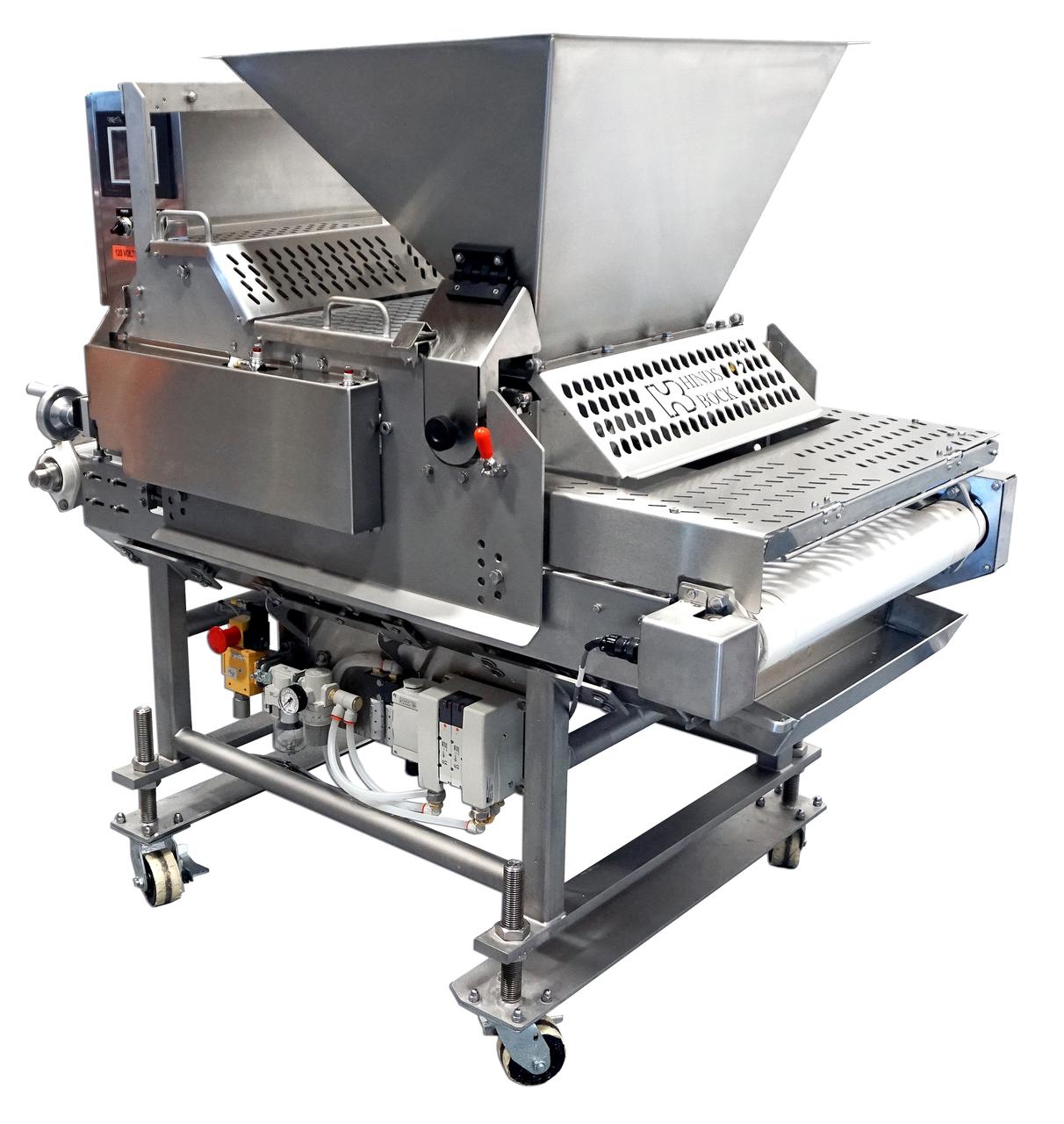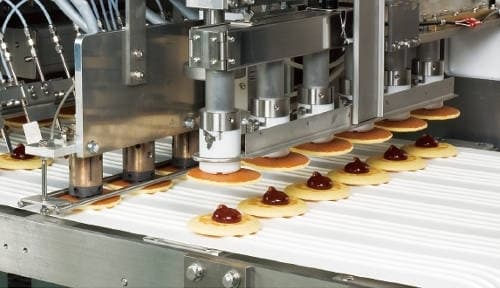
Dividers, depositors, & rounders
PROCESSING
The BOTTOM LINE
Manufacturers want automation, reliability, etc.
Single-serve packaging key due to pandemic
Integrated equipment
Snack food and wholesale bakery manufacturers in the market for dividers, depositors and rounders have a long list of considerations. These include automation, reliability, scalability, integration, flexibility, communication, customization, ease of maintenance and sanitation, and different packaging capabilities, according to companies that produce such machines.
Round it up
Manufacturers have laundry list of features they want in their next dividers, depositors, and rounders equipment.
Ed Finkel, Contributing Writer
New priorities
Since the COVID-19 pandemic unfolded, automation probably has been the highest priority for customers of Naegele Bakery Systems, Alsip, IL, says Mike Philip, industrial sales manager. “You always want to save on labor,” he says. In the last year or so since the pandemic began, bakeries want to have fewer mixer operators feeding in the ingredients. “That’s seems to be huge right now, for the amount of money people are telling me they have to pay an operator to motivate them to come to work. People are looking to automate, where they would have thrown a few people at it in the past.”
Naegele, which distributes a pancake sandwich maker through a Japanese company called Masdac International, has seen greater demand for single-serving packages for foodservice applications, Philip says. “Foodservice locations are not wanting their workers to handle food or prepare it as much,” he says. “They’d rather give you something in a package on its own, to reduce the spread of any kind of infection.”
“And besides volume, the need for flexible equipment that can efficiently produce a variety of different products is also becoming more prioritized.”
— Patrick McGady, vice president of sales and marketing, Handtmann, Inc.


Courtesy of Hinds-Bock
Customers of Hinds-Bock, Bothell, WA, also have been focused on automation, according to Rod Gregg, executive vice president. “When looking at depositors in 2021, compared to the last 10 years, they want a servo-driven depositor, with a servo motor driving the pistons back and forth, and they want automated vs. the traditional [machine],” he says. “The reason they want that is because it gives you better control over the speed of drawing product into and pulling it out of the depositor.”
Now owned by Middleby Corp., Elgin, IL, Hinds-Bock also fields regular requests for integrated lines of equipment rather than those that are independently controlled, Gregg says. “If they have to change four or five pieces of equipment separately, it drives customers crazy,” he says. “They don’t want to have to make adjustments on 10 different pieces of equipment.”
At a more granular level, Hinds-Bock has seen the need to produce a wider variety of depositor nozzles to handle different types of products, such as gluten-free doughs, Gregg says. “You’ve got to have quite an arsenal of nozzles that can handle the different viscosities of product, he says. “They’re very specific to the customer’s recipe.” Some need nozzles that rapidly shear off sticky or stringy product “to break away any tailing,” he says. “That way it doesn’t stack up like soft icing.”
Automation has remained a top trend, agrees Patrick McGady, vice president of sales and marketing, Handtmann, Inc., Lake Forest, IL. Reliability has taken on greater importance in the past year or so, he says, due to the consolidation of lines and renewed need for longer runs and multiple shifts to fill demand for basic products. “This also means the added value of additional uptime from a clean design with simpler maintenance, shorter set-up/teardown and sanitation has become a higher priority,” he adds.
The ease of scalability to efficiently adjust to a dramatically higher or lower volume also has become an important consideration as customer production requirements have shifted up and down, McGady says. “And besides volume, the need for flexible equipment that can efficiently produce a variety of different products is also becoming more prioritized,” he says.
In addition, customers are more likely to insist upon improved process monitoring, simplified line control, and secure data communication, McGady says. “Improved control in these areas means a more efficient operation that’s required to maintain an advantage in today’s competitive environment,” he says.
Finally, McGady says, customers want the ability to customize their dividers, depositors and rounders to meet special needs, or just to be able to integrate diverse or legacy systems. They view that as “a solutions partner capability that requires skillful food science, application and engineering teamwork, along with excellent project management skills and fabrication capabilities of the highest order,” he says.

Courtesy of Handtmann
Courtesy of Naegele Bakery Systems

